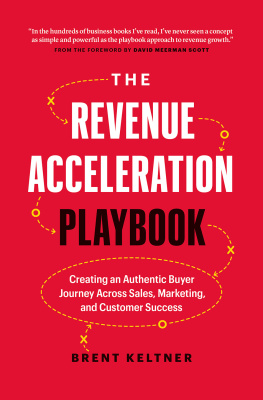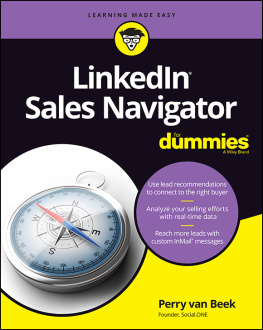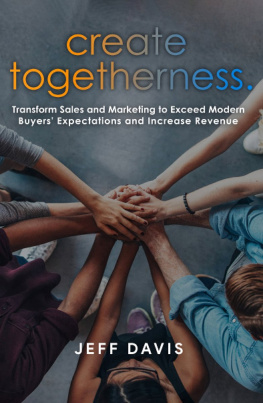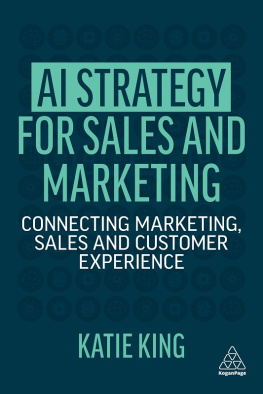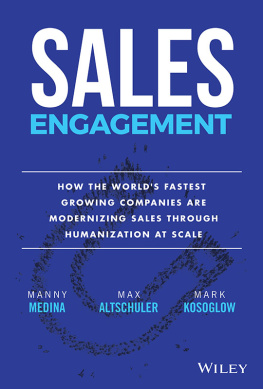Copyright 2022 by Brent Keltner
All rights reserved. No part of this book may be reproduced, stored in a retrieval system or transmitted, in any form or by any means, without the prior written consent of the publisher or a licence from The Canadian Copyright Licensing Agency (Access Copyright). For a copyright licence, visit accesscopyright.ca or call toll free to 1-800-893-5777.
Some names and identifying details have been changed to protect the privacy of individuals and organizations.
Cataloguing in publication information is available from Library and Archives Canada.
ISBN 978-1-77458-101-8 (hardcover)
ISBN 978-1-77458-102-5 (ebook)
Page Two
pagetwo.com
Edited by James Harbeck
Copyedited by Steph VanderMeulen
Jacket design by Peter Cocking
Interior design by Fiona Lee
Interior illustrations by Michelle Clement
Printed and bound in Canada by Friesens
Ebook by Bright Wing Media
Distributed in Canada by Raincoast Books
Distributed in the US and internationally by Macmillan
22 23 24 25 26 5 4 3 2 1
authenticitywins.com
E arly in my career, I worked as a sales representative at a Wall Street economic consultancy. Back then, sales people had the information and therefore the power in the buyer-seller relationship. If the buyers wanted information about how the product worked, they needed to come to me. If they wanted to negotiate a discount, they had to come through me. If they wanted to speak to a customer to learn about their experience with my company, they had to come through me. If they wanted to talk to the founder of the company, they had to come through me. I was involved from the very beginning of the relationship, and most of the leverage was with me, the sales rep.
Were in a new world!
As I see it, there are three important trends that have fundamentally changed the ways successful companies grow their businesses compared to when I was a sales representative. We are witnessing the biggest communications revolution in human history, and, as a result, your marketplace has changed. The vast majority of human beings, more than five billion of us, are connected instantly to each other via web-based and mobile communications devices. Information about products and services is available to buyers everywhere, 24/ 7, for free, and anyone can generate attention by publishing valuable content. With publishing essentially free, customers have a (loud) voice through social networks and review sites.
Because of the wealth of information on the web and social media, todays salesperson no longer controls the relationship the way I did thirty years ago. Now, buyers can check you out themselves. They can find your customers and read their blog accounts about what you do. They can reach the founders directly via Twitter and LinkedIn. Buyers actively go around salespeople until the last possible moment, and then come into negotiations armed with a glut of information. Now, its the buyers who have the leverage.
The second important change in play right now is a distinct convergence of marketing, sales, and customer success. Today, buyers dictate how they choose companies to work with, and they dont really care what department your em-ployees are in. Everybody on your team should be focused on business growth.
Heres a curious disconnect to illustrate how frustrating the old, siloed approach is for customers: many companies have completely different cultures and procedures for their customers depending on which department is interacting with them. The ways a company projects itself via its marketing messages are different from the way salespeople engage potential new customers when trying to win new business, which, in turn, is often light-years removed from how these same customers are serviced by the company only months later.
The third major trend is a return to humanity. A hundred years ago, our great-grandparents knew the people who sold them chickens, or nails, or cloth. Today, many people feel disheartened by the faceless companies they must interact with, which simply treat them as yet another customer number. Your business is important to us, says the on-hold message. Right.
Were all human, and we crave interaction with people who know us and respond to us as individuals. We all want to do business with other humans. We want to know theres a living, breathing person behind the communication. And we want reassurance that those humans on the other side understand and want to help us.
In my work over the past twenty years, I have analyzed how thousands of companies grow their business. Sadly, most organizations are built and run as if it were still 1989. The revenue acceleration model is broken.
Fortunately, Brent Keltner is a noted expert on how these important trends are playing out and is keenly aware of exactly what smart organizations must do to succeed in the new business environment.
The Revenue Acceleration Playbook is a deep dive into proven strategies for how to achieve remarkable business growth. Creating what Brent calls an authentic buyer journey across sales, marketing, and customer success means that an entire organization is aligned with buyers, rather than the usual disconnected approach. Its an attitude that recognizes how business has changed, including the importance of digital communications and the power of human touch.
This way of growing business is easy to learn, but you must overcome the status quo. Instead of weve always done it this way, Brent teaches a new focus. Adding value to customers is very different from simply marketing and selling a product and then tossing the relationship over the cubicle wall to somebody in customer support.
Brent is the ideal person to write about these ideas. After a successful career working for RAND Corporation, a research organization that develops solutions to public policy challenges, Brent held a series of revenue leadership roles at several other companies. Using his years of experience, he then started Winalytics, a consultancy that works with clients on making the shift from a product-driven selling approach to the creation of an authentic buyer journey for customers that touches on marketing, sales, and customer success.
Brent writes, speaks, and advises VP - and C-level executives on these ideas. And now, for the first time, in these pages, he is sharing his ideas beyond his select group of clients.
I particularly love the playbooks that Brent teaches here. In the hundreds of business books that Ive read over the years, Ive never seen a concept as simple and as powerful as the playbook approach to revenue growth. Those ideas alone are worth the time to read The Revenue Acceleration Playbookbut there is so much more here.
Brent is super smart and has a PhD to prove it. But fear not, this book is no boring academic tome! Its a fast-paced read that lays out specific actions for your organization in a fun and approachable way. Brent outlines what you need to do to accelerate your organizations revenue in a step-by-step way so you can implement the ideas in your own business.
One of the best parts of the book is that you will read fascinating stories of dozens of companies that have implemented the revenue acceleration playbook approach. The stories, told from the perspective of companies that have implemented the ideas with success, clearly illustrate the value of this way of doing business.
As you read the stories, keep in mind that you will learn from them even if they come from a very different market, industry, or type of organization from your own. If you work at a nonprofit, you can still learn from the experiences of corporations. Those who work at big companies will find value in what smaller organizations are up to. In fact, in my experience, you will learn more by emulating successful ideas from outside your industry than by copying what your peers are doing.
Next page
